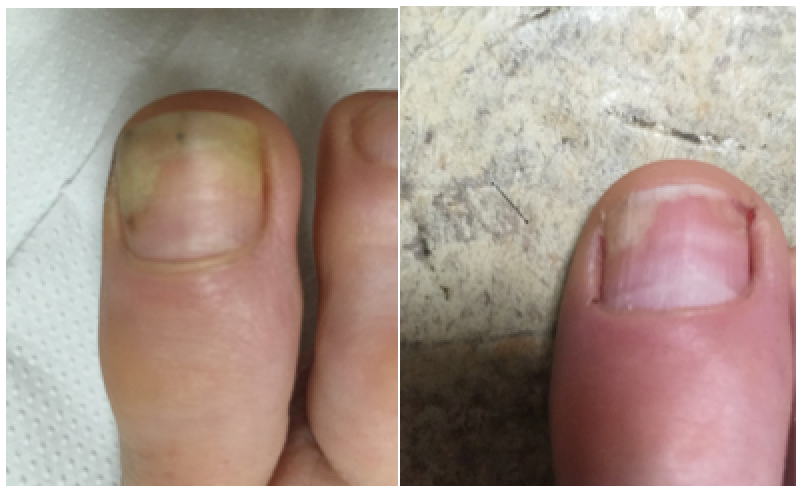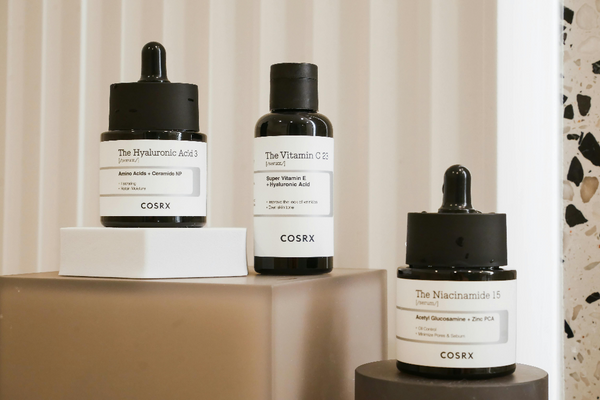Onychomycosis: What Is It & How to Treat It
Fungal nail is one of those things that most sufferers are too embarrassed or ashamed to seek treatment for. Fungal nail is more than common than you might think, with 23% of...
Fungal nail is one of those things that most sufferers are too embarrassed or ashamed to seek treatment for. Fungal nail is more than common than you might think, with 23% of people in Europe suffering from the condition. 50% of these sufferers are over the age of 70, but it can be caught at any age. Although it isn't harmful to your health, it can be cosmetically displeasing. It can also become sensitive to the touch and can cause the nail to become brittle and snap off.
Ignoring it won't make it go away. Fungal nail can appear on any nail but is more common on the foot. The fungus breeds from different type of fungi but most commonly Dermatophyte fungi. It's this fungi that is also responsible for another common foot condition, athlete's foot.Think you might have fungal nail infection? The common symptoms are:
Thickening of the nail plate
Discolouration or cloudiness in the nail
White or yellow spots in the middle of the nail
Pain and discomfort around the nail bed
Once contracted the fungi will breed and can spread to other nails. It is also spread through secondary infection to other individuals, particularly family members. It's possible for fungal nail to be picked up in communal showers, gyms and swimming pools. Before & after laser fungal nail treatment
Before & after laser fungal nail treatment
Treatment
Over the counter creams and prescriptions have a low success rate at treating the condition. This could indicate as to why many people feel at a loss when trying to seek out treatment.
We have been successfully treating the condition with our Spectra Laser. This unique and powerful treatment heats and destroys the fungi making it difficult for it grow and the area to become inhabitable.Most patients require 6-10 sessions depending on the severity of the condition.
The treatment session only takes around 10-15 mins and is relatively pain free. Aftercare should be followed to ensure the treatment is successful. We always recommend avoiding swimming pools and communal showering whilst undergoing treatment for fungal nail infections. It is also important to keep the nail short and check for damages and cuts around the nail bed as this provides a feeding ground for bacteria to enter the body.
Prevention
It can be difficult to prevent fungal nail, if at all. However avoiding occlusive footwear and ensuring your feet are kept dry can limit your risk of infection. We always recommend our patients wear foot protection when in public swimming pools, showers or using gym equipment. Verruca socks may look odd but they are one of the best ways to prevent the spread of ALL foot infections.
To book in for fungal nail treatments, call our clinic on 0113 282 3300.
Image source: freepik.com
























